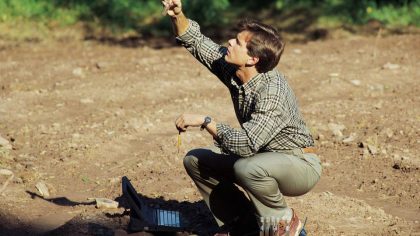Are we all “addicted” to our screens? A socio-historical look at how digital technology has been pathologised through the prism of addiction.
Are we all “addicted” to our screens?[1] Behind this line of questioning in the media is a deep social concern, a new form of moral panic in the history of communication technologies. Our ability to manage our use of digital technology is coming under increasing scrutiny in social discourse. Orange is committing to raising awareness and controlling screen time with the “For good connections” initiative. This article has drawn on documentary research (specialised literature and public reports) to provide socio-historical insight into Internet addiction.
Read the article


Geology, geoarchaeology, forensic science: AI reveals history in grains of sand
Read the article
AI provides a wide range of new tools for historical research
Read the article
Low-noise innovations: How sounds are contributing to the future of telecoms
Read the article


